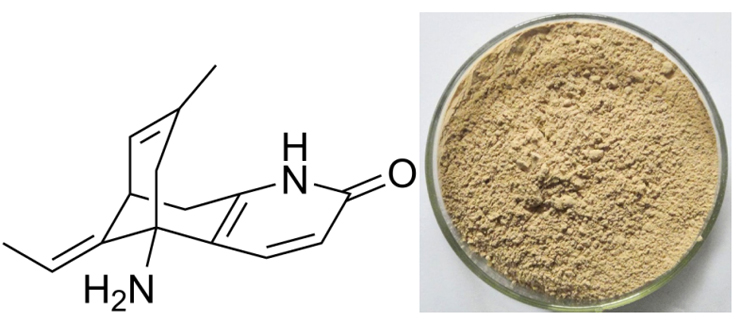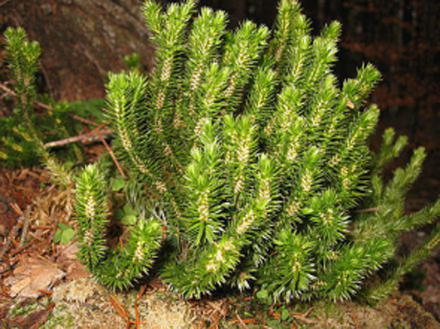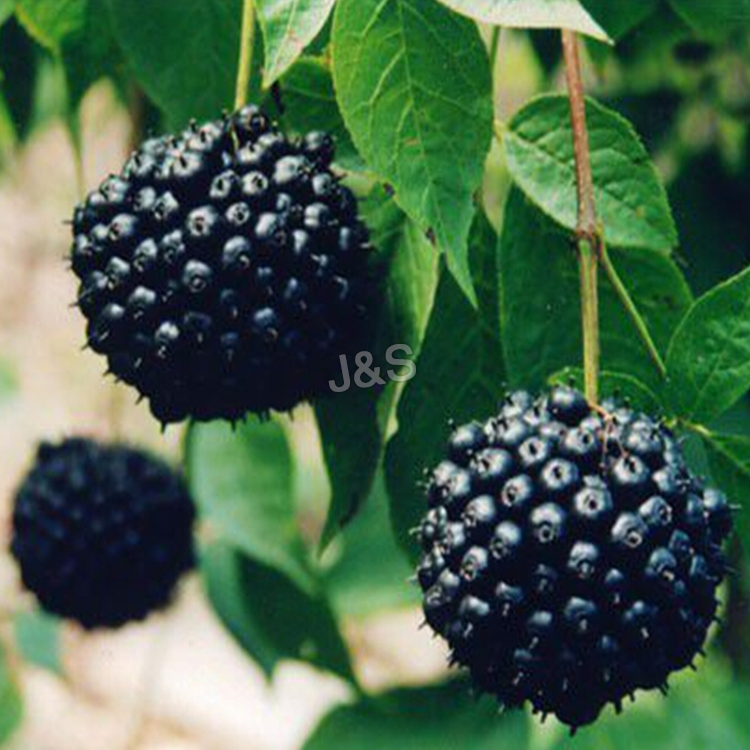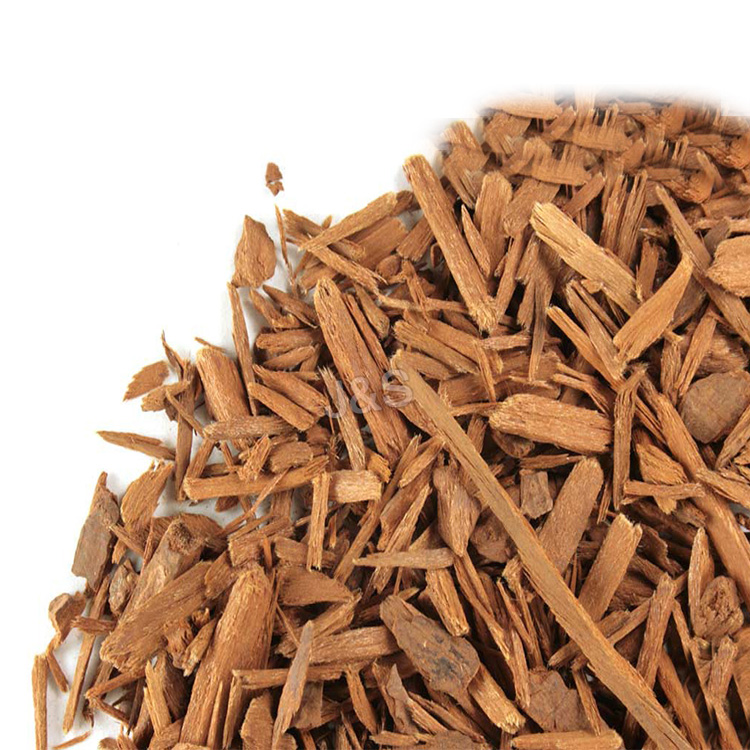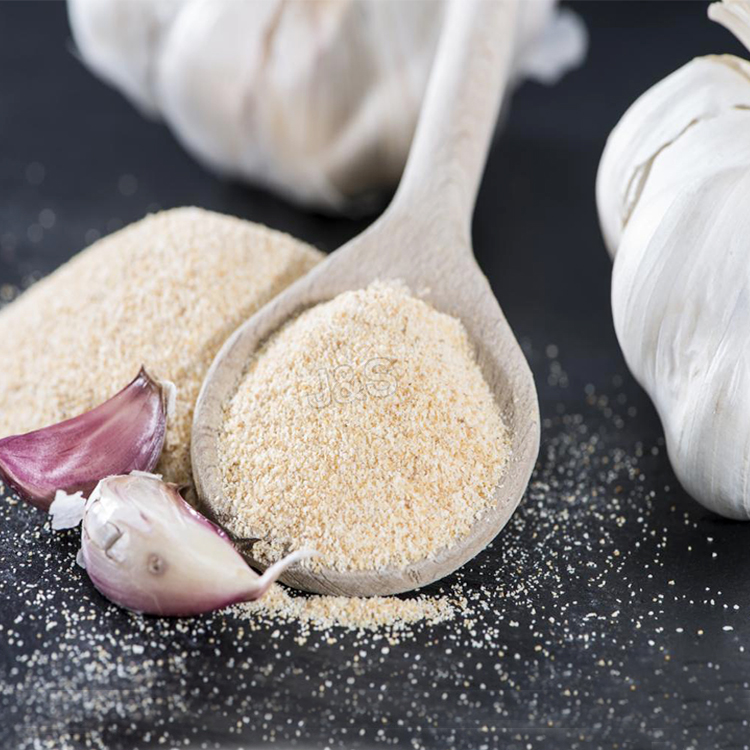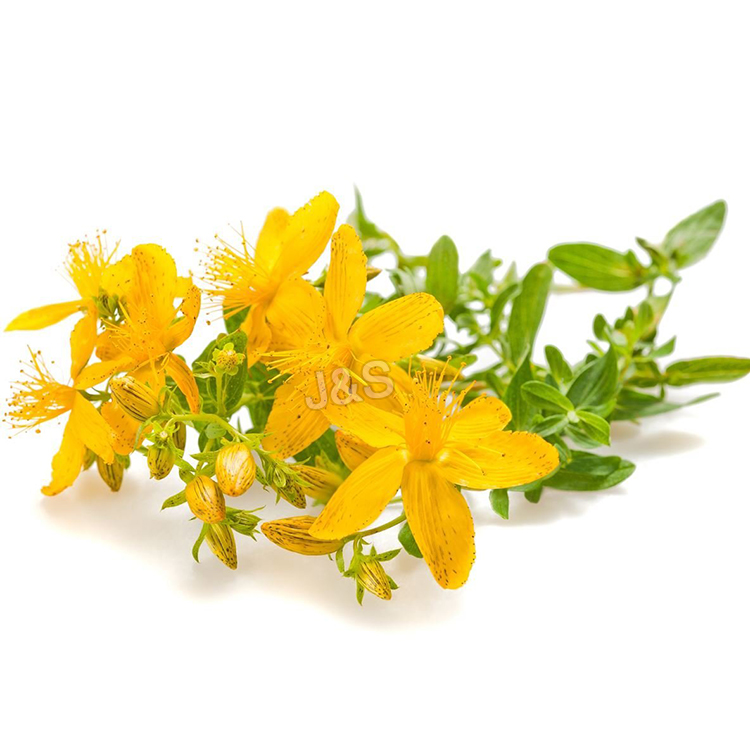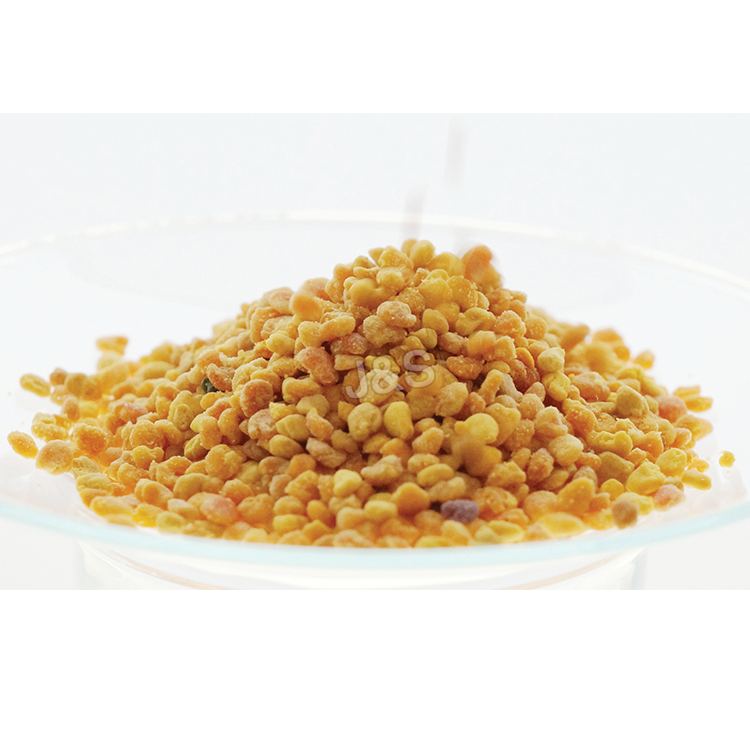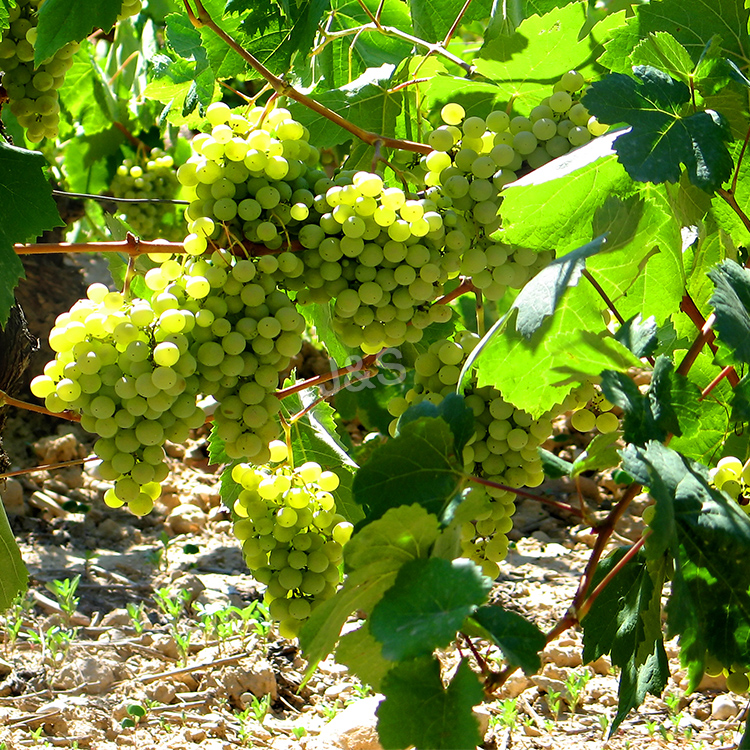Wholesale Price Huperzine A Factory in United Arab Emirates
Wholesale Price Huperzine A Factory in United Arab Emirates Detail:
[Latin Name]Huperzia serratum
[Source] Huperziceae whole herb from China
[Appearance]Brown to white
[Ingredient]Huperzine A
[Specification]Huperzine A 1% – 5%, HPLC
[Solubility] Soluble in chloroform, methanol, ethanol, slightly soluble in water
[Particle size] 80 Mesh
[Loss on drying] ≤5.0%
[Heavy Metal] ≤10PPM
[Pesticide residue] EC396-2005, USP 34, EP 8.0, FDA
[Storage] Store in cool & dry area, keep away from the direct light and heat.
[Shelf life] 24 Months
[Package] Packed in paper-drums and two plastic-bags inside.
[What is Huperzine A]
Huperzia is a type of moss that grows in China. It is related to club mosses (the Lycopodiaceae family) and is known to some botanists as Lycopodium serratum . The whole prepared moss was used traditionally. Modern herbal preparations use only the isolated alkaloid known as huperzine A. Huperzine A is an alkaloid found in huperzia that has been reported to prevent the breakdown of acetylcholine, an important substance needed by the nervous system to transmit information from cell to cell. Animal research has suggested that huperzine A’s ability to preserve acetylcholine may be greater than that of some prescription drugs. Loss of acetylcholine function is a primary feature of several disorders of brain function, including Alzheimer’s disease . Huperzine A may also have a protective effect on brain tissue, further increasing its theoretical potential for helping reduce symptoms of some brain disorders.
[Function] Used in alternative medicine, huperzine A has been found to act as a cholinesterase inhibitor, a type of medicine used to prevent the breakdown of acetylcholine (a chemical essential to learning and memory).
Not only used as a treatment for Alzheimer’s disease, huperzine A is also said to enhance learning and memory and to protect against age-related cognitive decline.
In addition, huperzine A is sometimes used to boost energy, increase alertness, and aid in the treatment of myasthenia gravis (an autoimmune disorder that affects the muscles).
Product detail pictures:
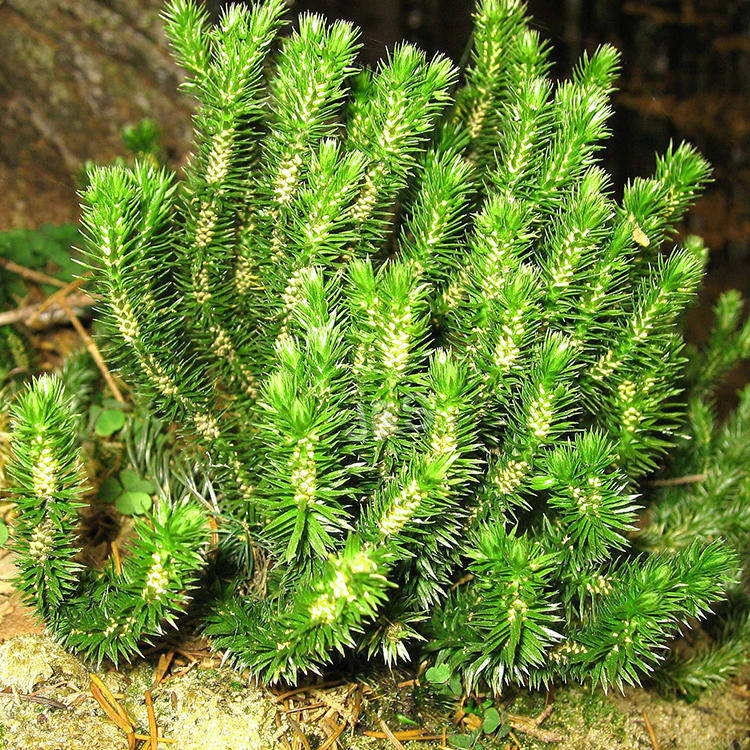
Related Product Guide:
Our corporation insists all along the quality policy of "product top quality is base of organization survival; purchaser pleasure will be the staring point and ending of an company; persistent improvement is eternal pursuit of staff" plus the consistent purpose of "reputation very first, purchaser first" for Wholesale Price Huperzine A Factory in United Arab Emirates , The product will supply to all over the world, such as: Estonia, UK, London, To win customers' confidence, Best Source has set up a strong sales and after-sales team to provide the best product and service. Best Source abides by the idea of "Grow with customer" and philosophy of "Customer-oriented" to achieve cooperation of mutual trust and benefit. Best Source will always stand ready to cooperate with you. Let's grow together!
স্বাস্থকর লিঙ্গ চান, তাহলে আজ ই Vimax সেবন করেন । Vimax আপনার শরীর এ অনেক শক্তি যোগাবে । আপনি অনেক Time Sex করতে পারবেন । Sex করলে আপনি ক্লান্ত হবেন না । ১ দিনে ১০ বার Sex করলে ও ক্লান্ত হবেন না । Vimax সেবন করা পুরুষের sex problem গুলো সমাধান হবে Vimax হল কানাডার ঔষধ, Made in Canada, ১ বতল এ ৩০ কেপছুল থাকে,price. 4500tk
Conntacts, whatsapp, Viber, imo +8801715155963,
riyadh +966546249946, U.A.E +971563717704
Vimax Your Penis will become bigger and firmer.
Stronger and more intense orgasms.
Stop premature ejaculations.
no side effect 100% Natural Ingredients.
Erections when you want them.
Substantially increase your sexual
desire and stamina.
https://vimaxindhaka.blogspot.com/
On this website, product categories is clear and rich, I can find the product I want very quickly and easily, this is really very good!
